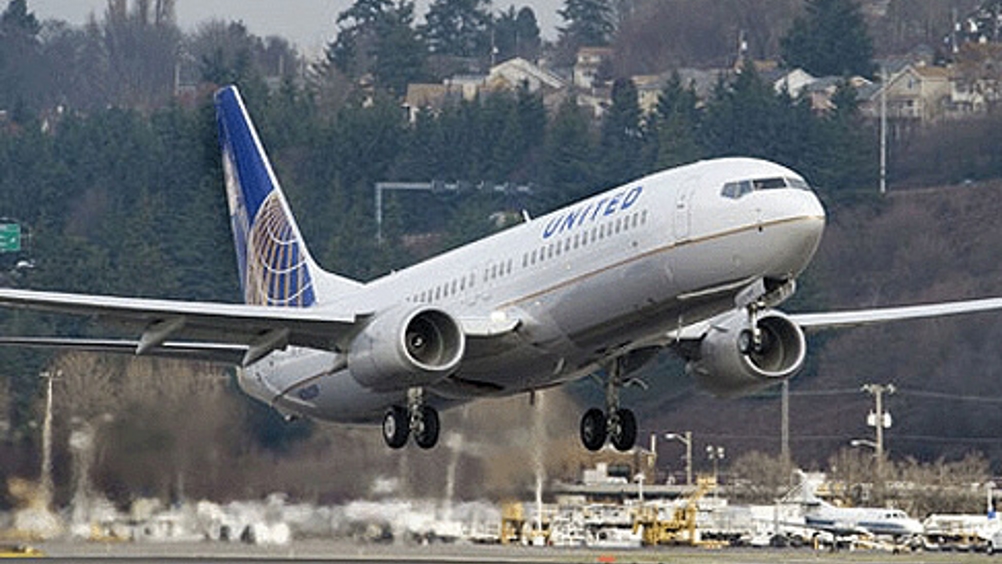Renewable sugarcane jet fuel has its sustainability analysed
Boeing, Embraer and the Inter-American Development Bank (IDB) are to jointly fund a sustainability analysis of producing renewable jet fuel sourced from Brazilian sugarcane.

According to a statement, the study will evaluate environmental and market conditions associated with the use of renewable jet fuel produced by Amyris. World Wildlife Fund (WWF) will serve as an independent reviewer and adviser.
‘Emerging renewable jet fuel technologies have the potential to reduce greenhouse gas emissions significantly, as sugarcane ethanol in Brazil has already [been] proven,’ said Arnaldo Vieira de Carvalho, leader of the IDB Sustainable Aviation Biofuels Initiative. ‘This study will examine the overall potential for sustainable, large-scale production of alternative jet fuels made from sugarcane.’
In June this year, the IDB announced a regional cooperation grant to help public and private institutions develop a sustainable biojet fuels industry and the Amyris study is the first to be financed under that grant.
The study will be led by ICONE, a research think-tank in Brazil with experience in agriculture and biofuels analysis, and independently reviewed by WWF.
Scheduled for completion in early 2012, the study will include a complete lifecycle analysis of the emissions associated with Amyris’s renewable jet fuel, including indirect land use change and effects.
Register now to continue reading
Thanks for visiting The Engineer. You’ve now reached your monthly limit of news stories. Register for free to unlock unlimited access to all of our news coverage, as well as premium content including opinion, in-depth features and special reports.
Benefits of registering
-
In-depth insights and coverage of key emerging trends
-
Unrestricted access to special reports throughout the year
-
Daily technology news delivered straight to your inbox










Water Sector Talent Exodus Could Cripple The Sector
Maybe if things are essential for the running of a country and we want to pay a fair price we should be running these utilities on a not for profit...